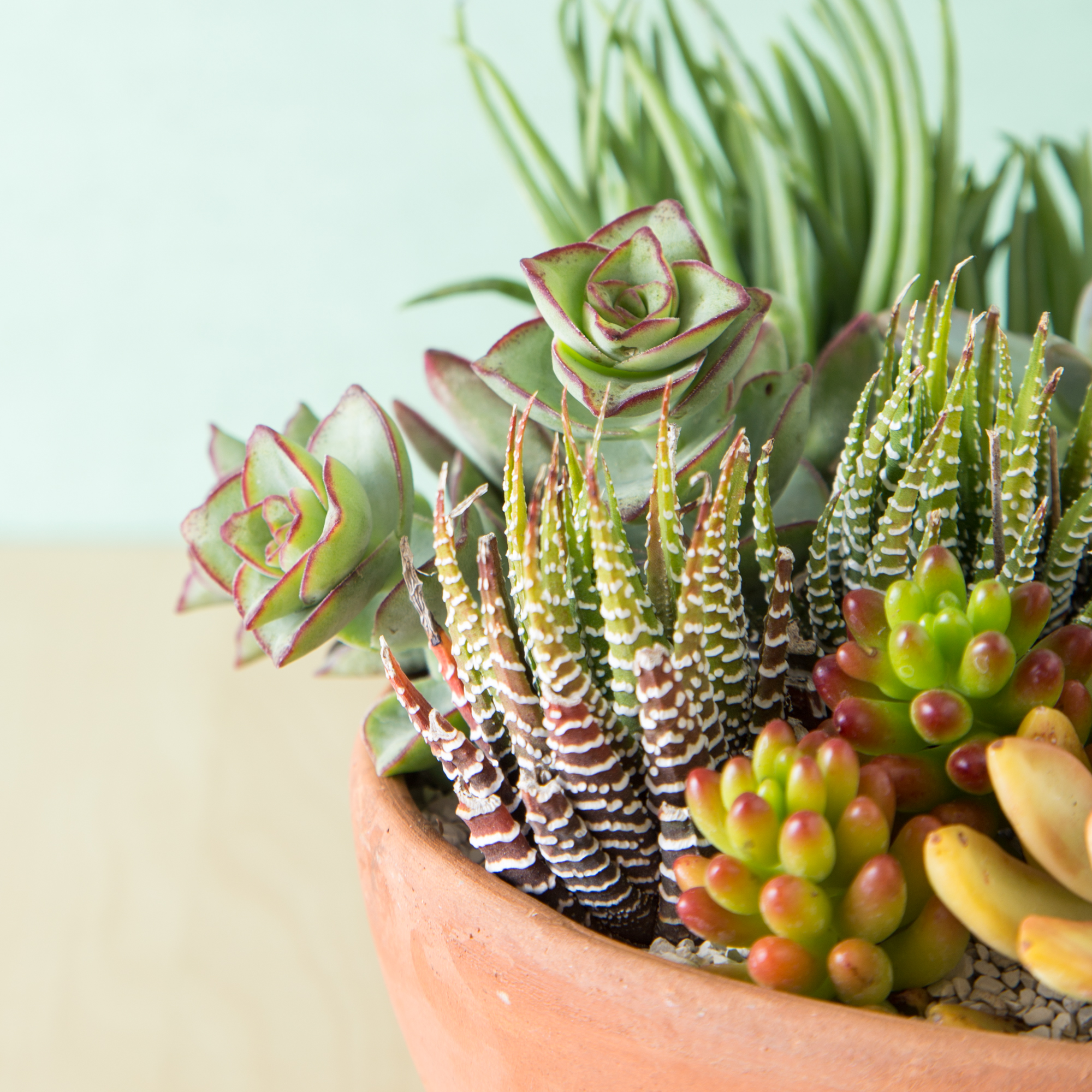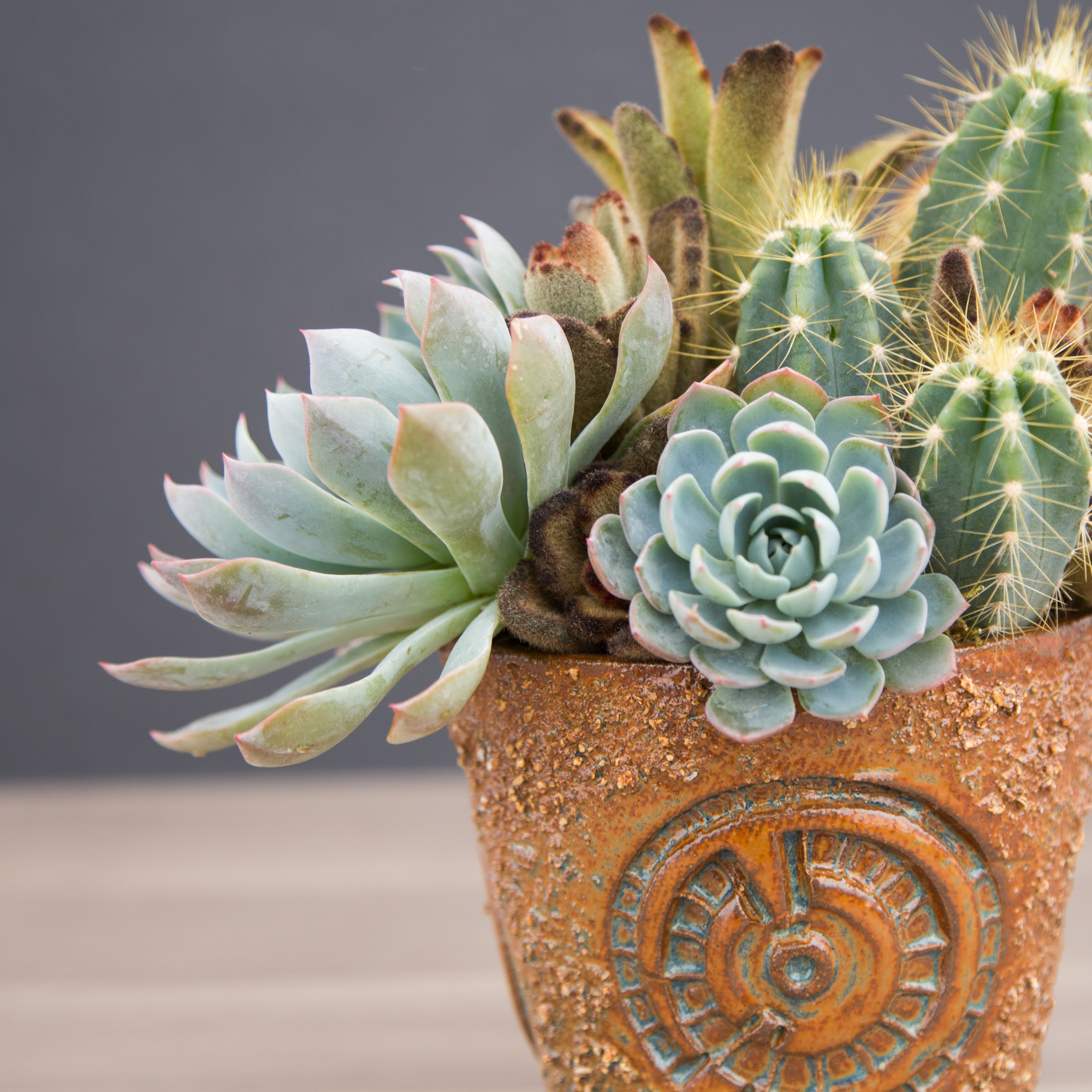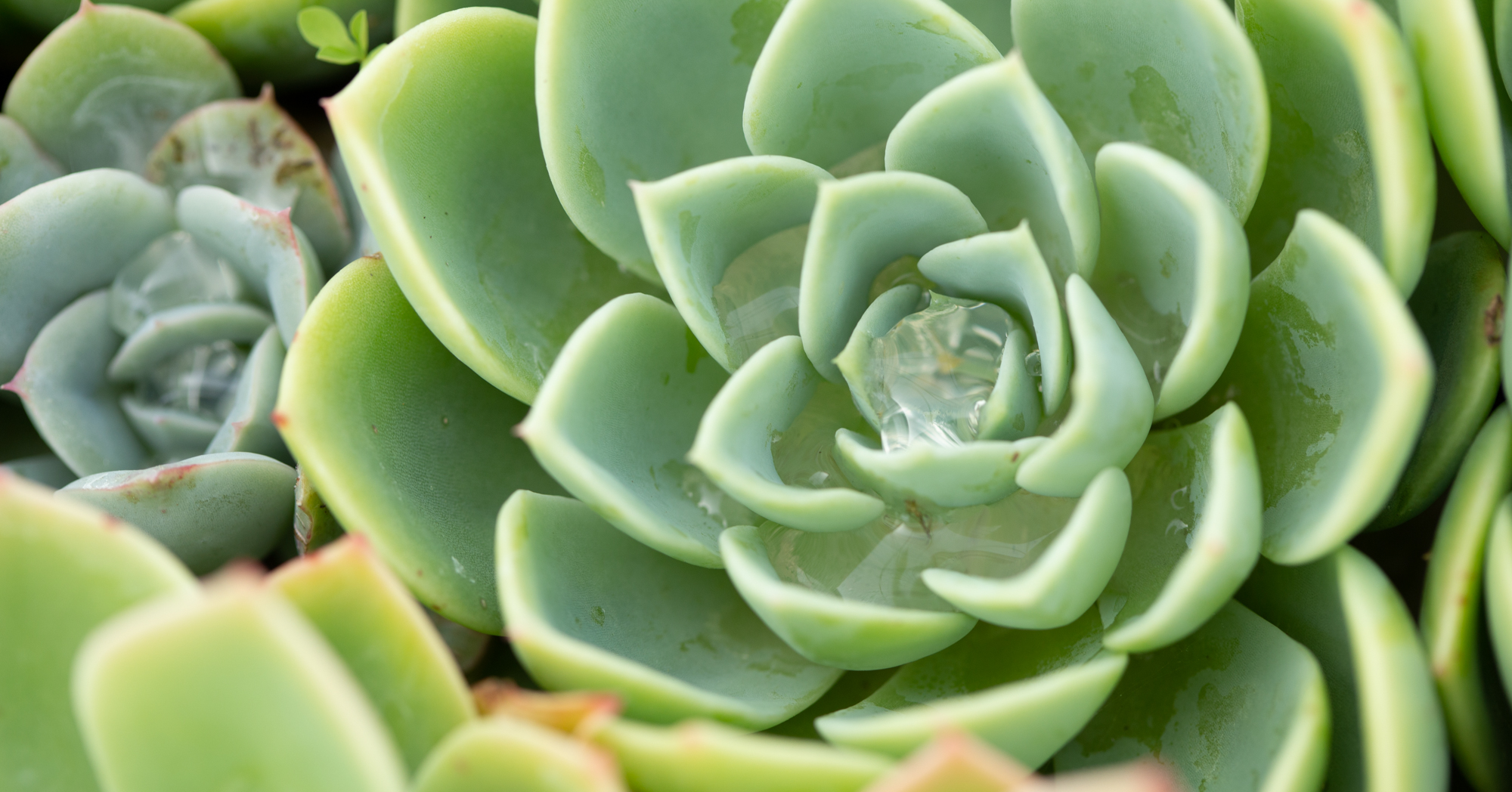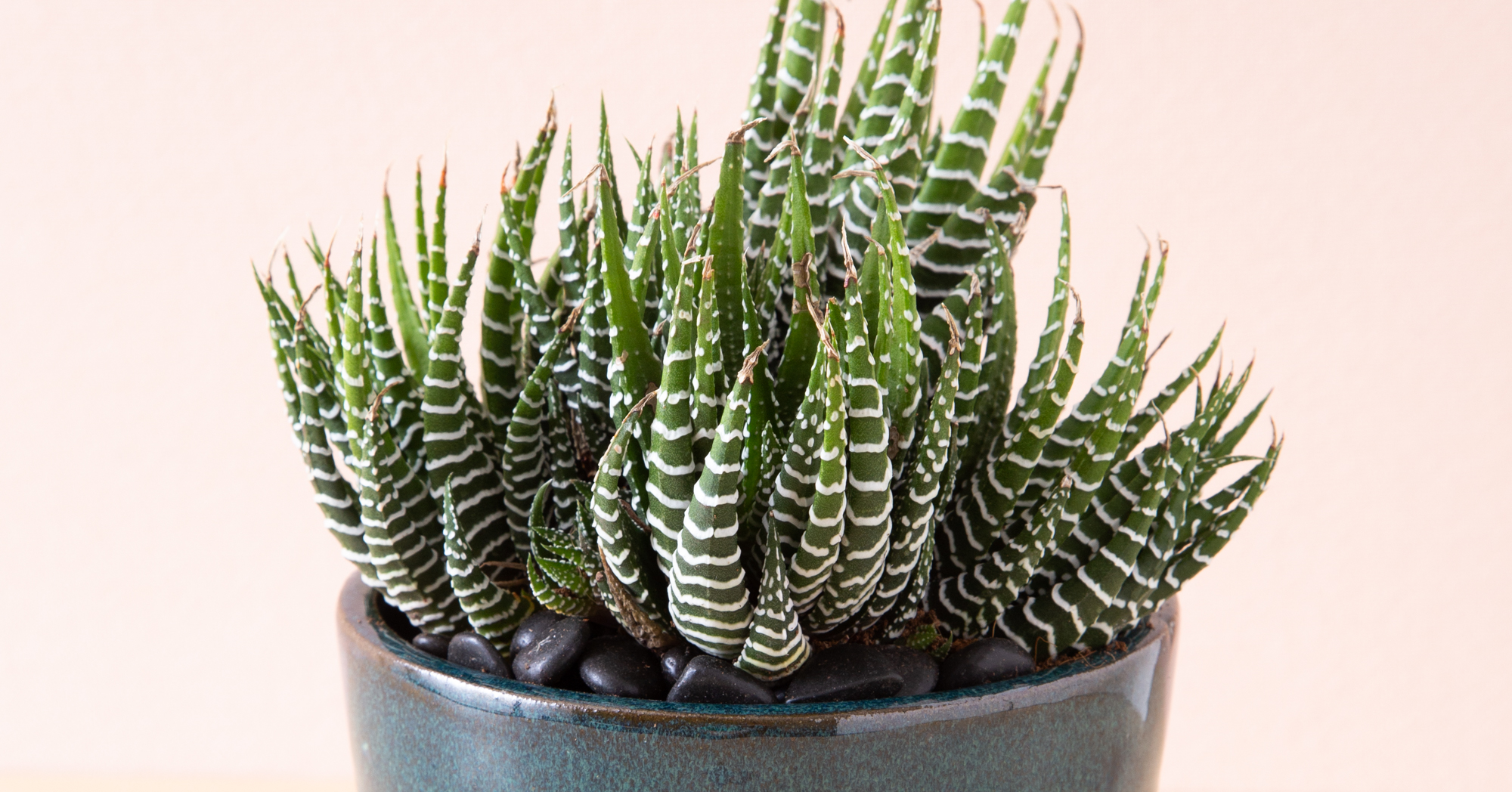Before Planting Succulents, Make Sure You Know These 3 Important Tips
While you can combine just about any succulents together, some will be much easier to maintain in the same arrangement than others. However, it can be a bit tricky to figure out what plants will combine well. Succulents have a lot of characteristics that tie them together, like storing water in their leaves or stems for a not-so-rainy day. However, the three characteristics here will help you determine which succulents will pair happily together.

Light Requirements
While most succulents will do well with morning sun and bright shade in the afternoon, not all will do well in full shade or indoors. There are also succulents that prefer full sun all day.
If you were to combine succulents that have different light requirements, you may not have any problems initially, but over time you’ll start to see stretching from some or sunburn on others.
Water Needs
Most succulents are very drought tolerant but some succulents will survive much longer than others without water. Usually thicker-leaved succulents need less frequent water while thinner-leaved succulents need more frequent.
A few succulents that prefer more water are Portulacaria afra variegata, Rhipsalis cereuscula, and Crassula "Ripple Jade".
On the opposite end, most cacti as well as Echeverias will need more time between watering.

You can still combine succulents with different water needs, but you’ll likely find that you have to “spot water” or give those thinner leaved succulents a direct dose of water that doesn’t get to the thicker plants.
Color
This won't effect their care requirements, or how they grow, it's definitely a fun part of arranging succulents. It’s pretty hard to go wrong with combining succulents, but using traditional color palettes in your arrangements will make them look really great.
For example, use complementary colors (colors opposite each other on the color wheel) such as reds and greens, or (one of my personal favorites) blues and oranges, which look really great together.
I tend to plant succulents in analogous color schemes (colors next to each other on a color wheel)… such as blues, greens and purples. You can also do monochromatic combinations, such as all greens but some light, some dark, and some in between!
Also, keep in mind that the succulents aren't the only part of the color palette.
The pot you use plays a big part as well! You may have a red pot and pair it with green succulents to use that complementary color scheme. Or maybe your succulents are mostly blues and greens and you use a purple pot to tie it all together.
While these are all good guidelines for combining succulents, you really can combine just about anything that looks good to you.
It may take a little work to keep it looking its best, but it's absolutely doable!
Save Your Succulents With This Critical Watering Technique And Look Like A Pro

A big part of keeping succulents healthy is providing them with the right environment. You'll want to pay attention to the soil they're in, how much sunlight they're getting, and most importantly, how often you're watering them. The method and frequency of watering succulents are critical to preventing rot while encouraging lots of new growth.
What Succulents are Best for You?

There are thousands of succulent varieties and not all of them will grow well in your climate or may require more (or less) work that you want to put in. It's important to know how much light and water your succulent plants need to thrive so you can select the plant that's best suited for you.
This article originally appeared on Succulents and Sunshine.